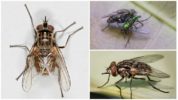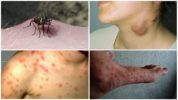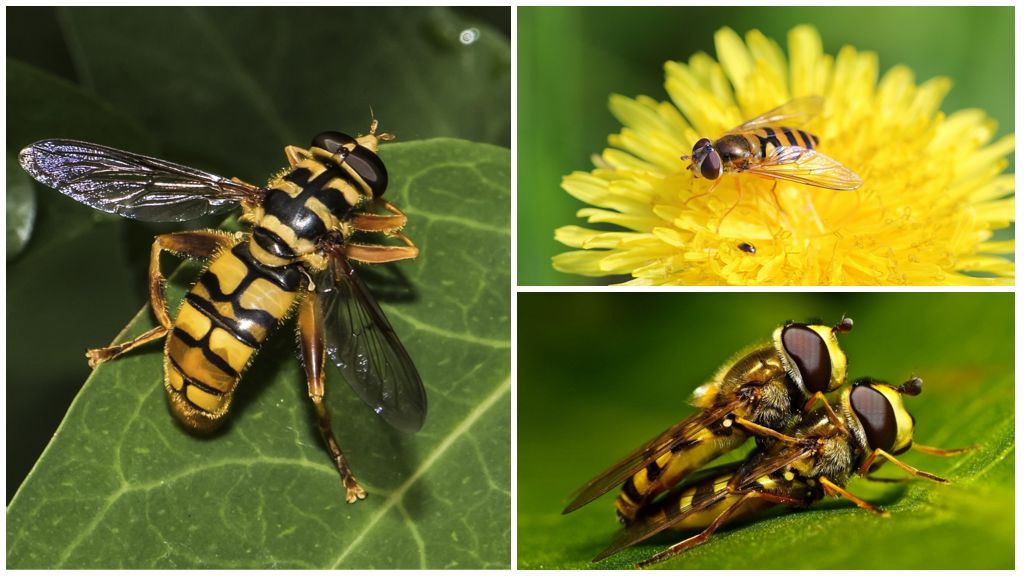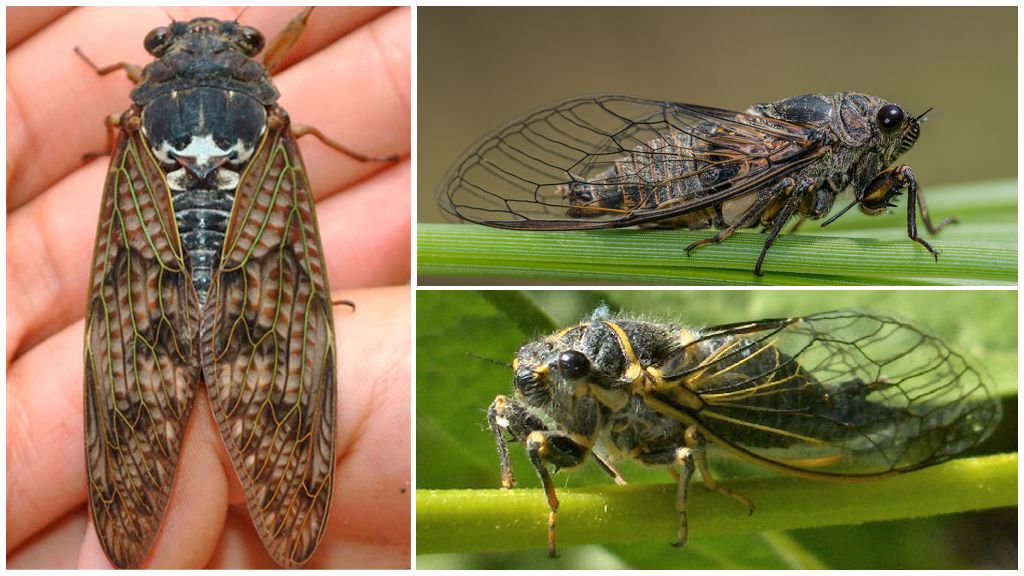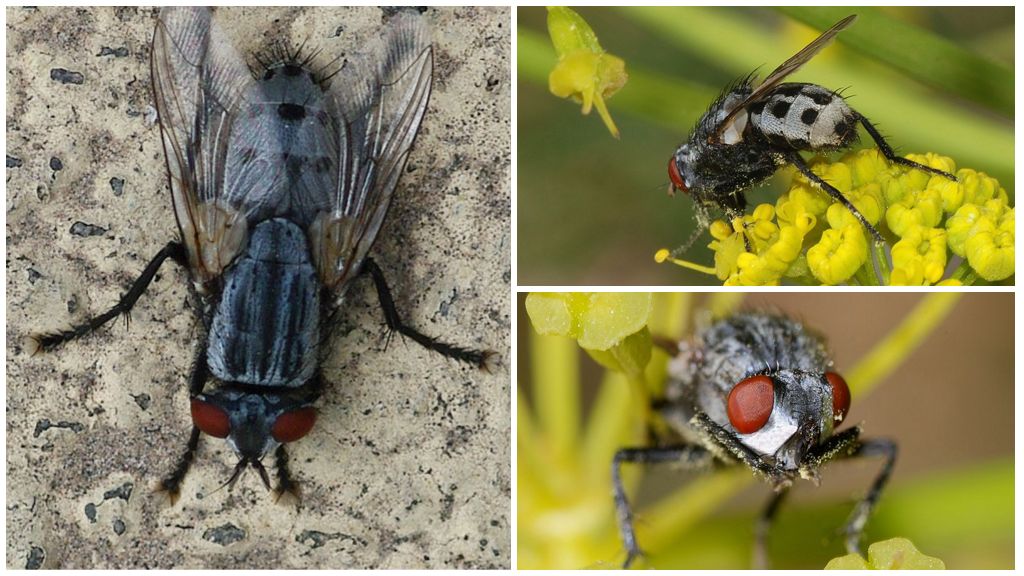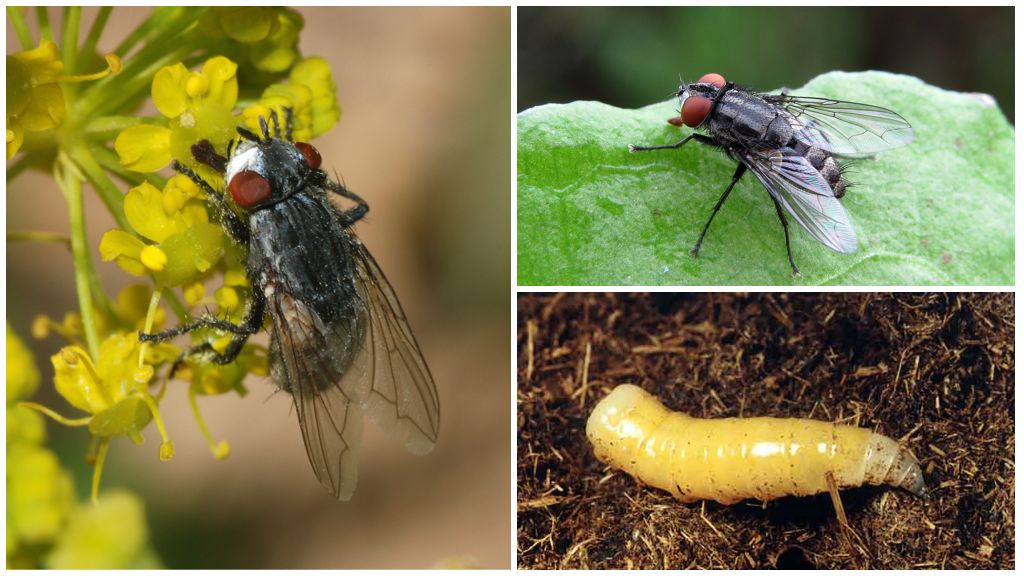- Fly lighter
- Spawning Fly Fly
- Disease-borne diseases
Many species of flies have adapted to life next to humans. Among the relatively harmless indoor and bazaars there is one modest gray fly of a small size that can do much more harm. This is a fly lighter - an obligate bloodsucker.
On a note!
Zhigalka is also a synanthropic species of flies that lives next to human habitation. Together with humans, it spread across all continents. Sometimes a lighter is called an autumn fly, as they become especially noticeable in the fall, when their population increases significantly due to new flies that have developed over the summer.
Habitat
Main food source for lighters - livestock. Grubs larvae develop in animal manure. Therefore, the main habitat of female flies is livestock facilities. Since cattle are usually located in the same courtyard with a residential building, lighters can fly into dwellings where they attack a person.
On a note!
Because of the addiction to human settlements, it received the additional name "village fly." In fact, this kind does not exist. So they call any synanthropic diptera speciesholding near villages and villages.
Appearance
In the photo, flies are almost indistinguishable from ordinary house flies. This is because both species are very close in morphology and biology. The average body length of this species of flies is 7 mm. The lighter has a gray color with dark stripes on the chest and spots on the belly. The yellowish color of the lower abdomen, as in a housefly, is absent in the lighter.
Like a housefly, the male from the female in the lighter can be distinguished by the distance between the eyes and the size of the insect. The female has wider eyes, and she is larger.
Lighters have differences:
- in a calm state, the wings of the lighter are wider;
- proboscis directed forward like proboscis of tsetse fly.
The proboscis is adapted for feeding blood and has chitinous “teeth” at the end for penetration to blood vessels and sucking plates for feeding. Both female and male feed on blood.

Power way
In the usual sense of the word, lighters do not bite. They scrape off the upper layer of the epidermis with a proboscis, achieving the appearance of blood. To prevent blood from clotting, the lighter launches poisonous saliva on the scraping, the action of which leads to severe irritation.
On a note!
At one time, the female is able to drink a dose of blood two times her own weight.
Blood is required for females to complete the breeding cycle. A hungry lighter will not be able to lay eggs. The desire for breeding is the reason why this species of flies is especially a bite in the fall.
Lighters can hibernate at any stage of development, but even at temperatures below + 8 ° C they hibernate. Before wintering, it is advisable for the female to have time to lay eggs. In the southern regions, at high air temperatures, this species of flies can breed year-round.
Breeding
Insects breed very rapidly. Full life cycle it takes them from 3 to 8 weeks depending on the ambient temperature. On the egg development to larval stage It takes only 1 day.
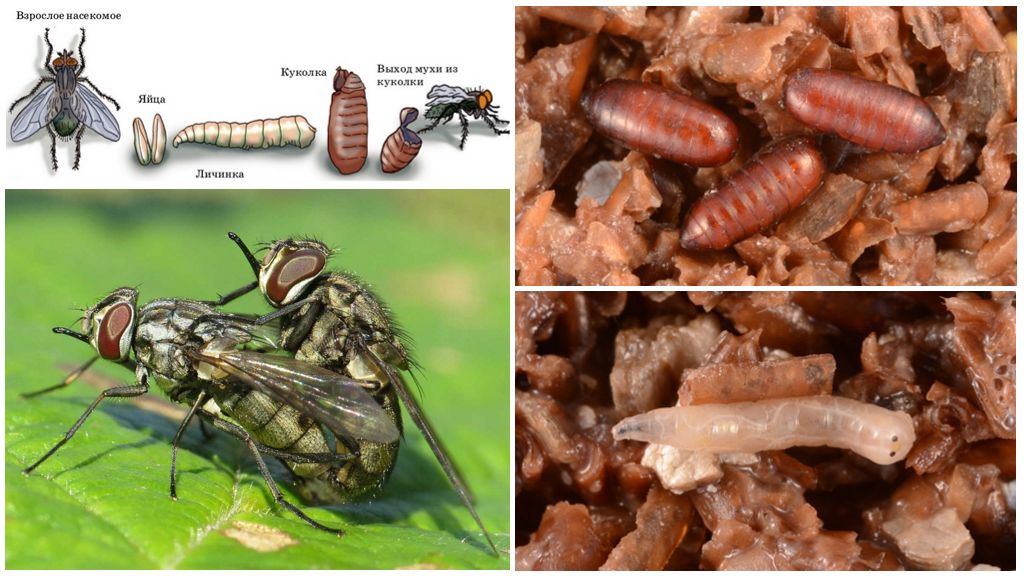
During her life, the female lays 300-400 eggs in batches of 25 pieces. Reproduction of gazes occurs in animal excrement, sometimes in rotting plant debris.But they can also lay eggs in the wounds of animals and humans.
Interesting!
Cases recorded breeding of this species outside human settlements. Autumn lighters were discovered in a pelican colony in the Volga delta.
The larva in its development passes through three stages. At the third stage of development, the maggot reaches a length of more than a centimeter and a diameter of 1.2 mm. With age, the larval shell coarsens. At the stage of the third age, the covers of maggot acquire a brown color. At the end of development, throwing off the last "skin", the larva turns into a chrysalis. At an optimum temperature of + 27-30 ° C, the larva takes 4-5 days to develop from the moment it leaves the egg to pupation.
Before pupation, the maggot bury itself in the transfer organics to a depth of 50 cm. For normal development, the pupa requires an external temperature of about 25 ° C and a humidity of 20 to 40%. If the temperature and humidity conditions are violated, pupal development is impaired.
Pupa about 6 mm long with a thickening in the region of the head. The color of the chitinous cover is brown. The insect breathes through spiracles located on the border of the 1st and 2nd segments.
On a note!
In hot weather, the full cycle of development of this insect from the moment of laying the eggs to transformation into an imago takes only 6 days.
Pupa development lasts from 4 to 7 days. An imago emerging from a pupa is immediately ready for reproduction.
What is dangerous to humans
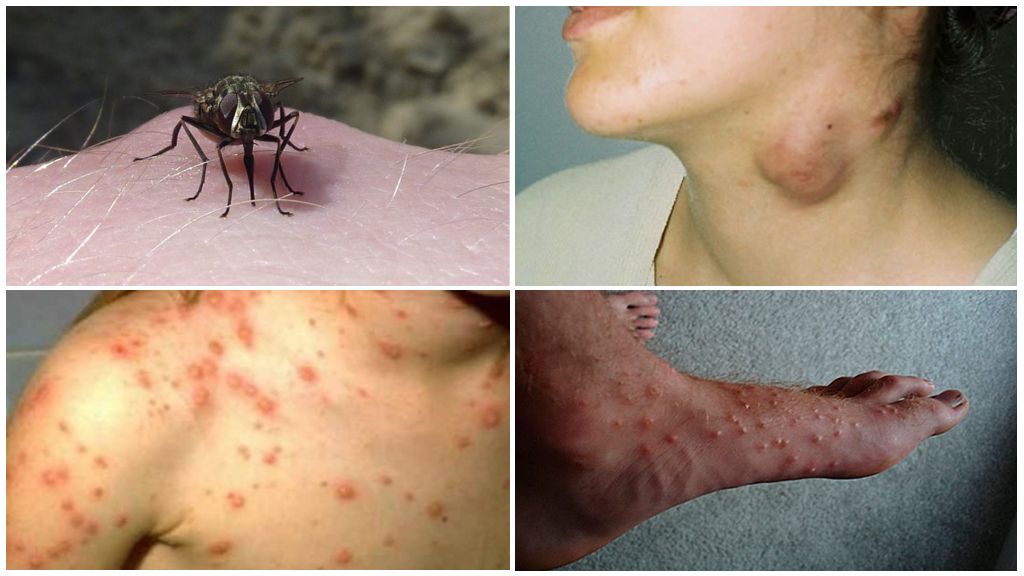
Like any reusable bloodsucker, a lighter is capable of transmitting dangerous diseases to humans:
- relapsing fever;
- tularemia;
- trypanosomiasis;
- ehrlichiosis;
- anthrax.
Often flies land on decaying carrion, catching pathogenic bacteria on their legs and proboscis. In this case, when feeding blood, they can introduce bacteria into the wound. But the danger of sepsis in this case is minimal. The human body is able to withstand a small number of pathogenic bacteria. Microorganisms brought from carrion are dangerous only to people with a broken immune system.
On a note!
Transfer of pathogens of dysentery and worm eggs is a common function of all flies, including the autumn lance.
What to do with a bite
On the fly bite spot very often there is severe irritation with swelling of the soft tissues. If the fly is bitten by a lighter, the bite site is immediately washed with cold water to reduce skin irritation. If the house has antihistamines, they can be used to relieve an allergic reaction. If there is pain and itching at the site of the bite, you can apply ice, lotion with soda and other means that can reduce discomfort. Anti insect bites are also suitable.
The wound must be disinfected. If an allergic reaction at the site of the bite does not go away, you must consult a doctor.
